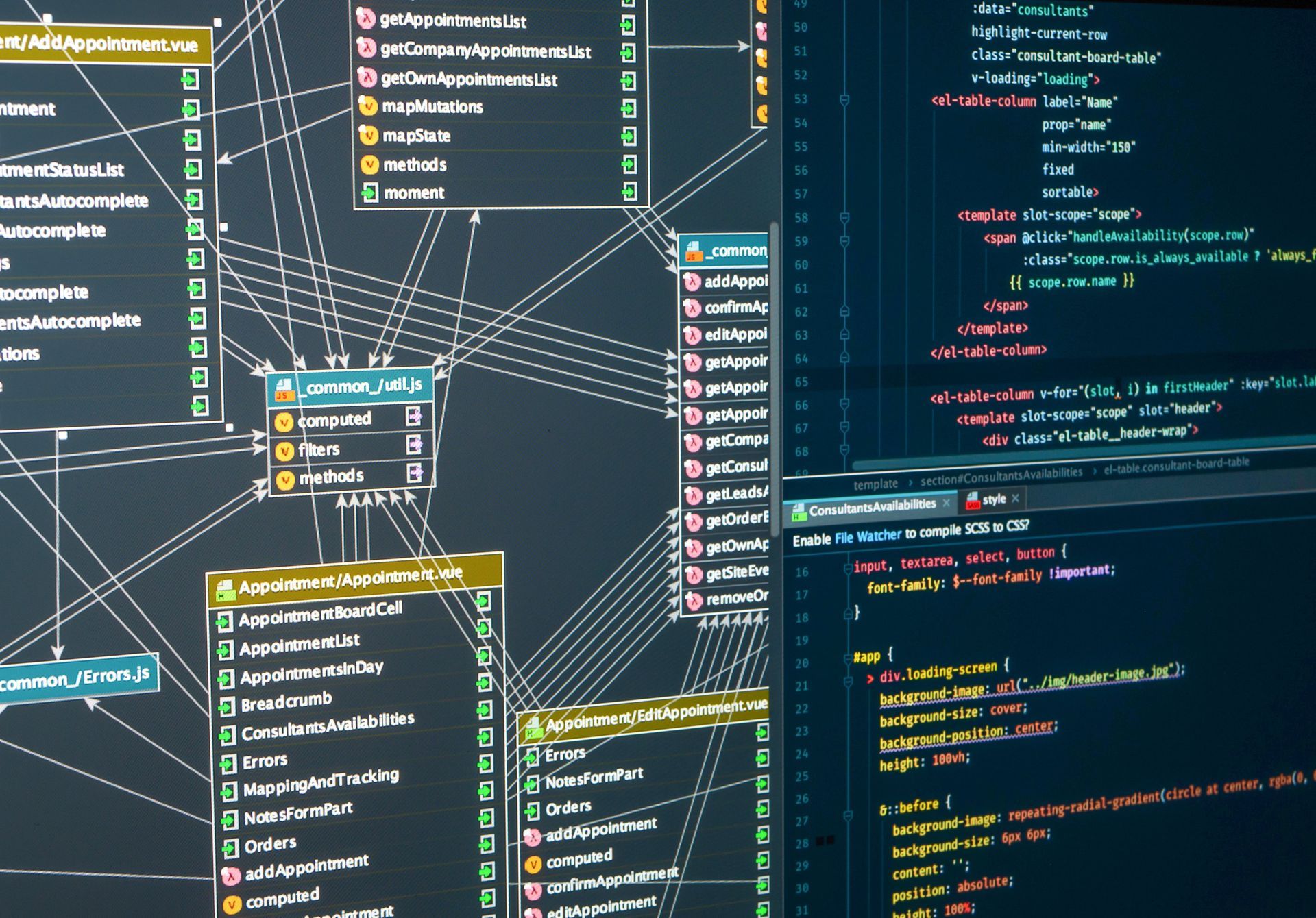What Are The Recent Trends In Cloud Computing?

As technology is quickly changing the workforce strategy and business models, companies are aggressively adopting cloud services. They are also looking forward to the recent trends in cloud computing that can benefit them and leverage their investment in the long run. Among the many prevailing trends in Cloud Computing, the Platform-as-a-Service (PaaS) and cloud-based Infrastructure-as-a-Service (IaaS) industry has grown twice in size in just the past two years and is expected to grow exponentially in upcoming years.
According to ReportLinker, the worldwide cloud computing market is assumed to reach $623.3 billion by 2023.
Following are some of the trends in cloud computing that emerged in recent years:
1. Multi-cloud to Omni-Cloud – When the multi-cloud solution was first introduced into the market, businesses and developers were all hooked to it because of its versatility. However, there are several challenges like efficiency and security issues when different cloud architectures are to be combined. These challenges led many business enterprises to give up on multi-cloud channels. It is in these circumstances where Omni Cloud or Hybrid Cloud proved to be a savior. Omni-Cloud offers world-class connectivity and enables multiple platforms to streamline their data and integrate the data more efficiently than multi-cloud.
2. Integrated Blockchain Technology – Blockchain technology is one of the disruptive innovations of the 21st century and is evolving at a rapid pace. It is a fantastic technology that companies use to track the various stages of a product life cycle.
Many companies use cloud storage and reap benefits from cloud computing technology. When blockchain capability is combined with the mix, the possibilities can disrupt entire industry sectors. It also helps businesses to learn even better about products and their related aspects.
Other information such as product contamination, weather delays can be known, which can help businesses save millions. Many businesses have already embraced this practice and will grow even more in the upcoming years.
3. Artificial Intelligence – Organizations need a robust artificial intelligence (AI) engineering strategy to ensure their AI projects don’t fail, Gartner said in its “Top Strategic Technology Trends for 2021” report.
According to Statista, Artificial Intelligence(AI) is expected to cross $89 billion by 2025 in the global market. The evolution and adoption of AI-related technologies in recent years are also fuelling cloud computing trends.
AI-enabled cloud is one of the most significant emerging trends used to access massive amounts of data. Such data helps businesses to optimize their core competencies by using machine learning. As a result, Artificial Intelligence is now resolving many cloud-related issues.
Cloud computing solutions scale up the large chunks of data that are generated by AI systems. Likewise, cloud computing will also give Artificial Intelligence(AI) the capability to do faster computation and manage resources effectively.
4. Quantum Computing – Quantum computing is said to be one of the emerging trends in cloud computing. It has the potential to increase the performance of a computer drastically in the coming years.
Quantum computing will allow computers to process data faster, primarily due to computer hardware and configuration advancements.
Quantum computing can also help reduce energy consumption, Hence, having a positive effect on the environment. Although it is still in the early development phase, it has few more years to disrupt industries in the same way other technologies like AI and Machine Learning have achieved.
5. Serverless Computing – Serverless Computing is another impressive trend in Cloud Computing, which was introduced by Google cloud. Based on the ‘pay-as-you-go’ model, Serverless Computing offers flexibility and scalability to businesses looking to deploy their applications without bothering about investing in the underlying infrastructure.
Gartner listed serverless computing as one of the top trends in cloud computing in 2018. It has been projected that more than 20% of businesses will move to serverless computing technologies by 2020. Other benefits of serverless computing include controlling their infrastructure spending; therefore, application developers can now focus on building efficient applications without managing servers.
6. Increased Security – As always, security is one of the most important concerns of every business organization, and companies don’t want to depend on any third-party solution for security services.
In today’s age of data breaches, cloud computing security solutions offer security protocols to protect sensitive transactions and information, assuring that a third party does not tamper or snoop on data in transit.
In the upcoming years, cloud service providers will offer enhanced security options to their customers.
7. Data containers and Kubernetes – For many years, data containers have been the norm for application development in the cloud. For now, the rise of Kubernetes has largely increased the use of containers in a private cloud. Kubernetes is a management tool introduced by Google, and it plays a vital role in reforming the global economy. Many companies have already adopted Kubernetes as a solution to cloud barriers.
According to a report by Gartner, most organizations will use more than two centralized applications by 2023. However, this can be possible only if businesses enhance work efficiency, speed up application development, and save money. This can be fulfilled with the help of data containers, as the orchestration tool automates networking, management, deployment, and scaling.
8. Cloud-Native Applications – Cloud-native is the modern way to develop applications. It is an approach to build and run applications that takes advantage of the cloud computing delivery model.
It uses an open-source software stack to be containerized. Each part of an application is packaged in its respective container, dynamically orchestrated. Therefore, each part is actively scheduled and managed to optimize resource utilization and increase overall agility and maintainability.
Cloud-native apps are generally loosely coupled, indicating the code is not hard-wired to any infrastructure components. As a result, the app can scale up and down on-demand and embrace immutable infrastructure concepts. Cloud-native app development usually includes DevOps, agile methodology, cloud platforms , microservices, containers like Docker and Kubernetes, and continuous delivery.
As a result, you want to have a platform-as-a-service (PaaS) model to make things a lot simpler. Most cloud customers start with infrastructure-as-a-service (IaaS), which helps abstract their applications from the underlying hardware. But PaaS adds an additional layer to abstract the underlying OS, so you can focus totally on the business front of your app and not bother about making OS calls.
Disclaimer: The information on this website and blog is for general informational purposes only and is not professional advice. We make no guarantees of accuracy or completeness. We disclaim all liability for errors, omissions, or reliance on this content. Always consult a qualified professional for specific guidance.






